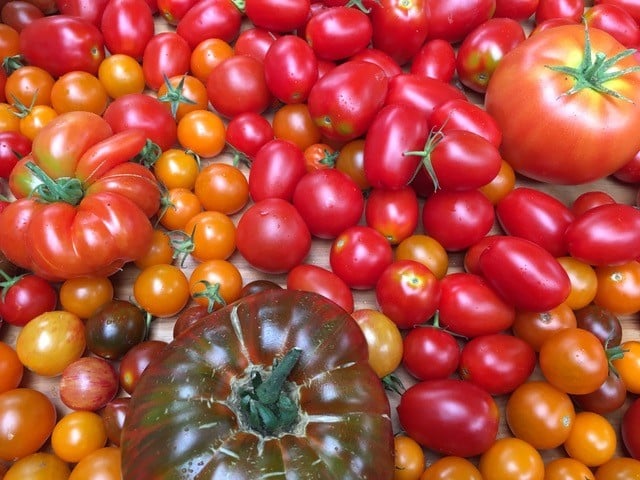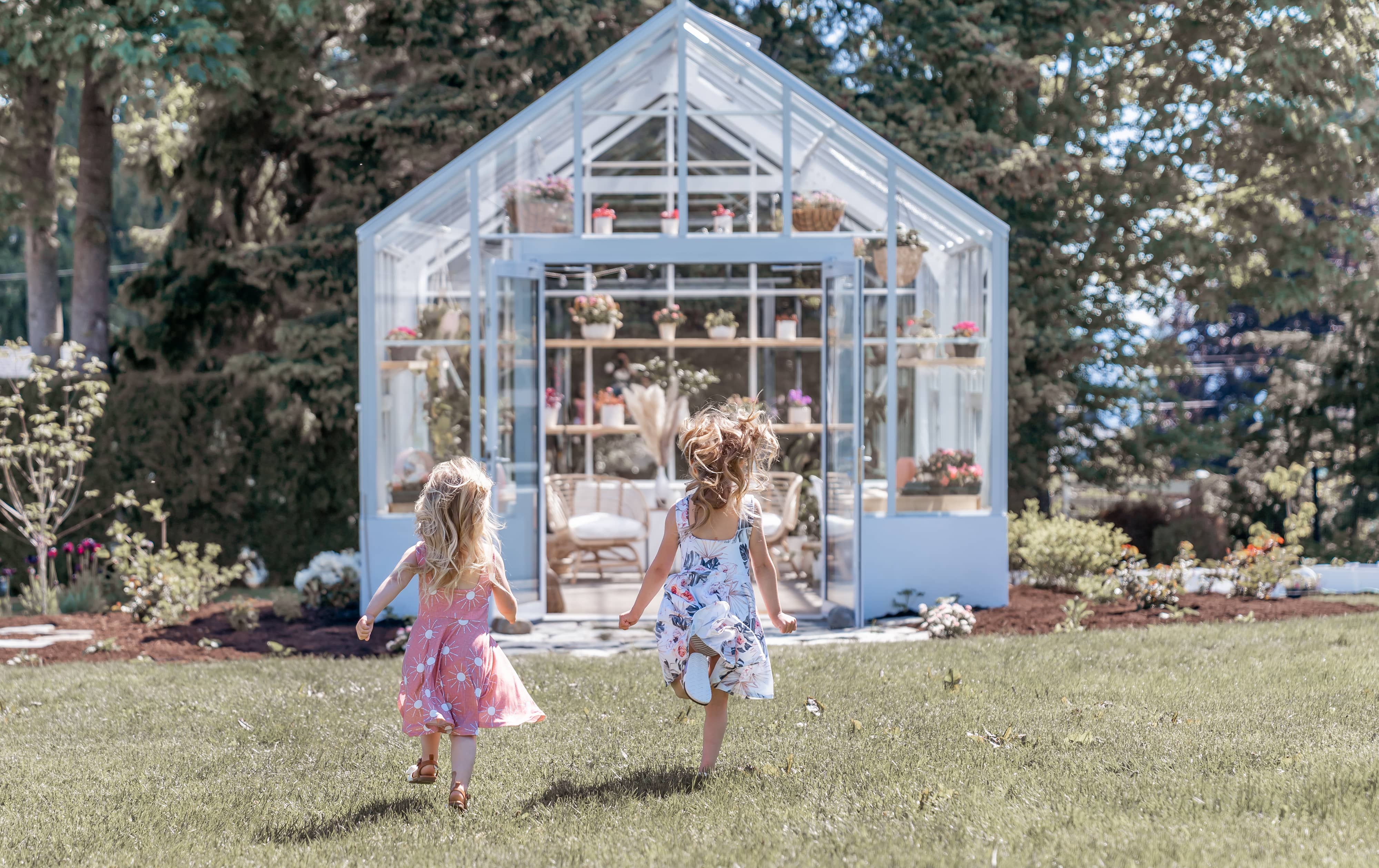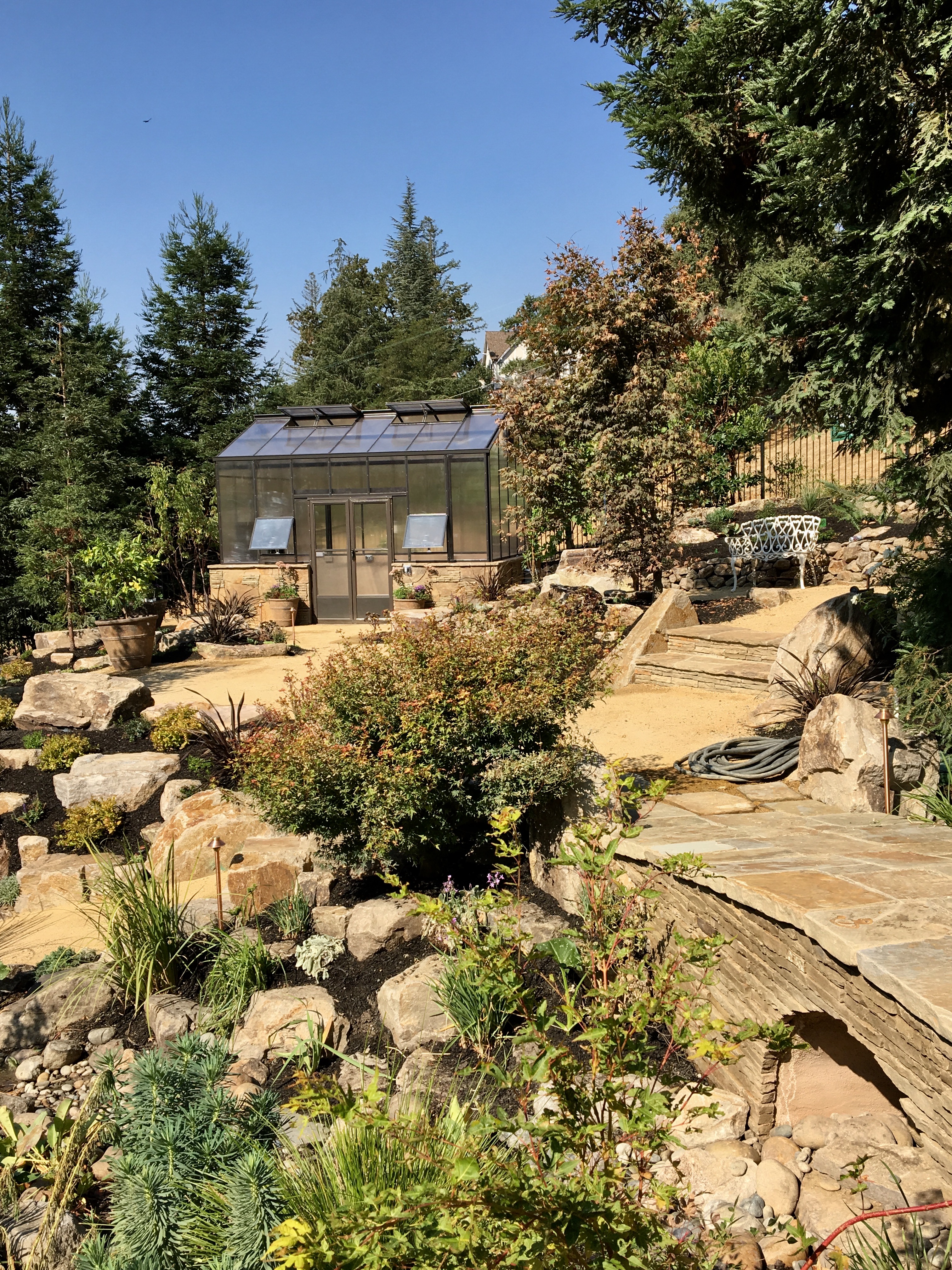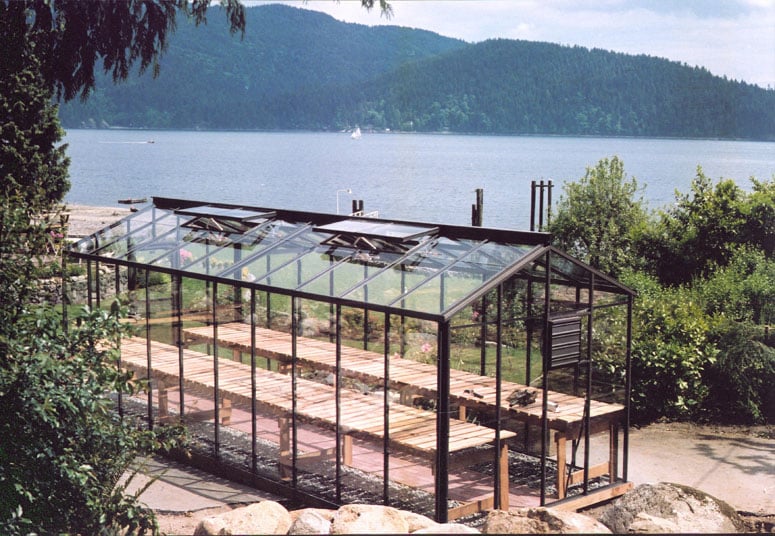Quick Answer:
What should I know before buying a greenhouse this summer? Summer is a great time to buy and build a greenhouse thanks to long days and favorable weather, but planning ahead for heat, lead times, and foundation needs is essential for a smooth setup. Is summer too late to start growing in a greenhouse? Not at all—summer is ideal for heat-loving crops, system testing, and preparing your space for fall and year-round gardening. How can I make the most of a summer greenhouse purchase? Invest early to secure your preferred model and add features like shade cloth, automated vents, and irrigation systems to handle heat and watering, all while setting yourself up for long-term success.
Buying in Summer? Here's How to Make the Most of It
Summer might seem like the the ideal time to buy a greenhouse, and in many ways, it truly is. The days are long, the weather is warm, and you're already in the gardening mindset. But purchasing a greenhouse in the summer also comes with a few unique planning considerations. With the right preparation, you can take full advantage of the season and set yourself up for long-term growing success.




.jpg)

-JPG.jpeg)


